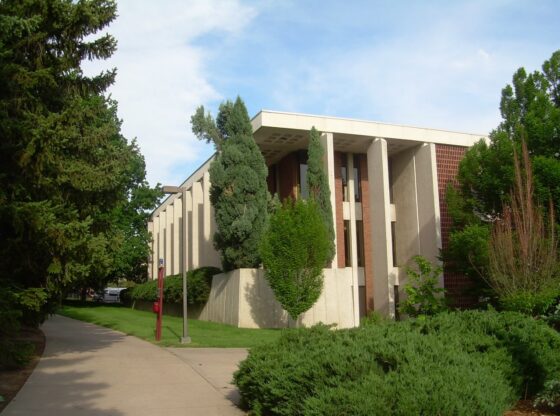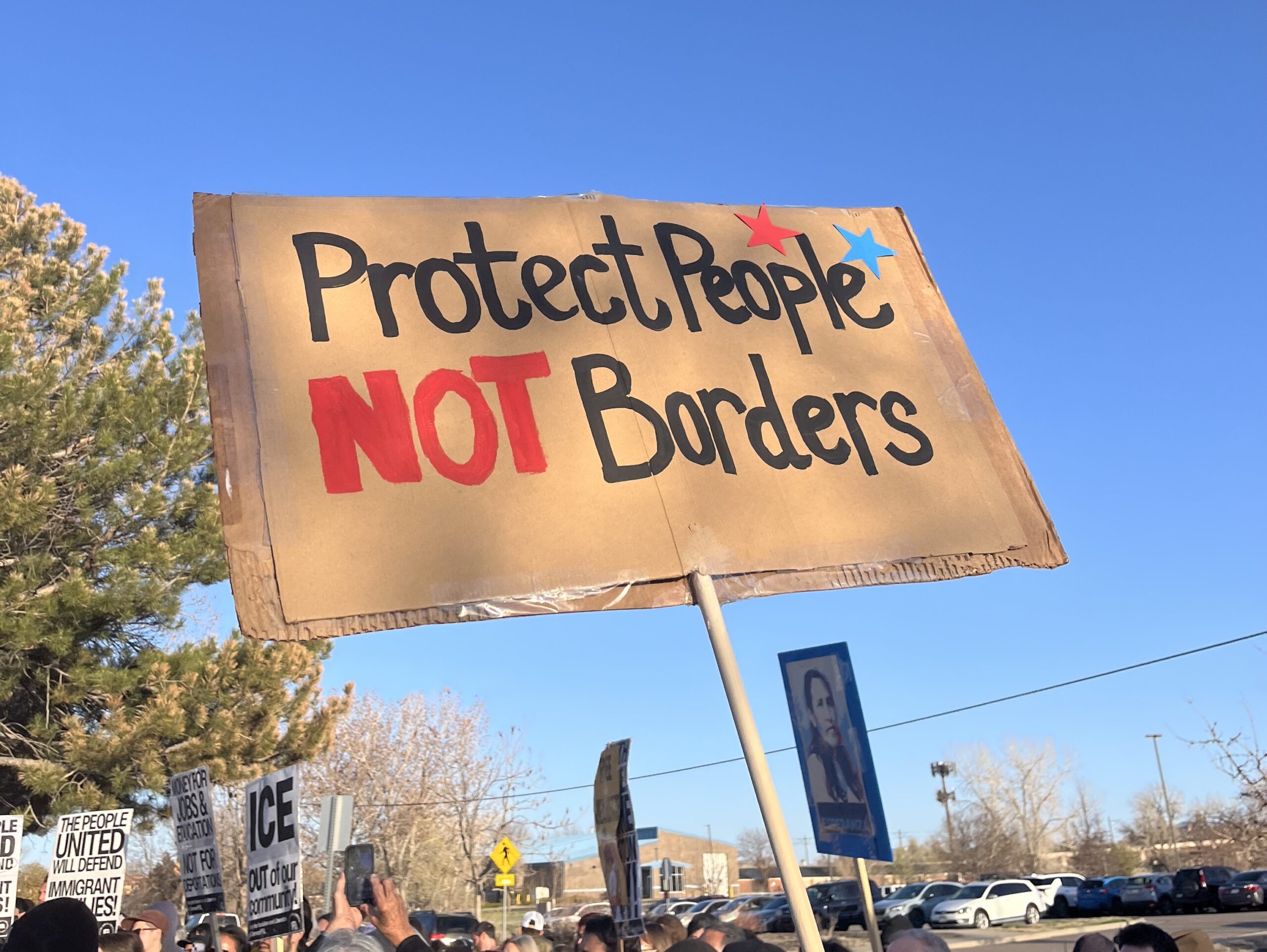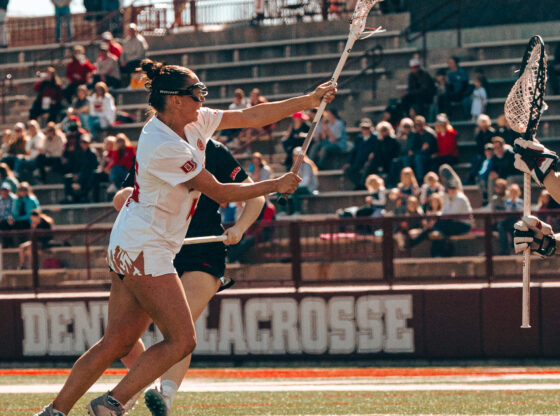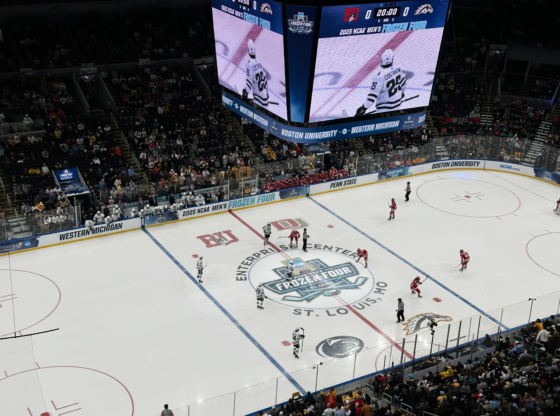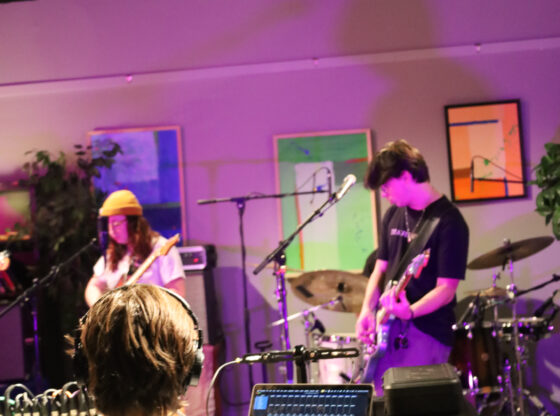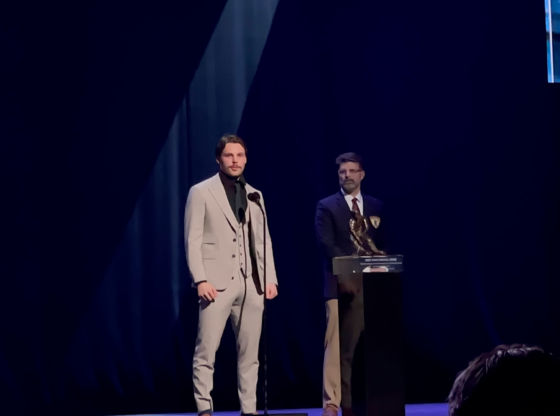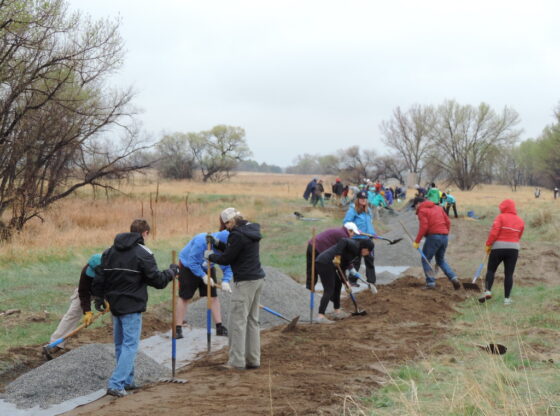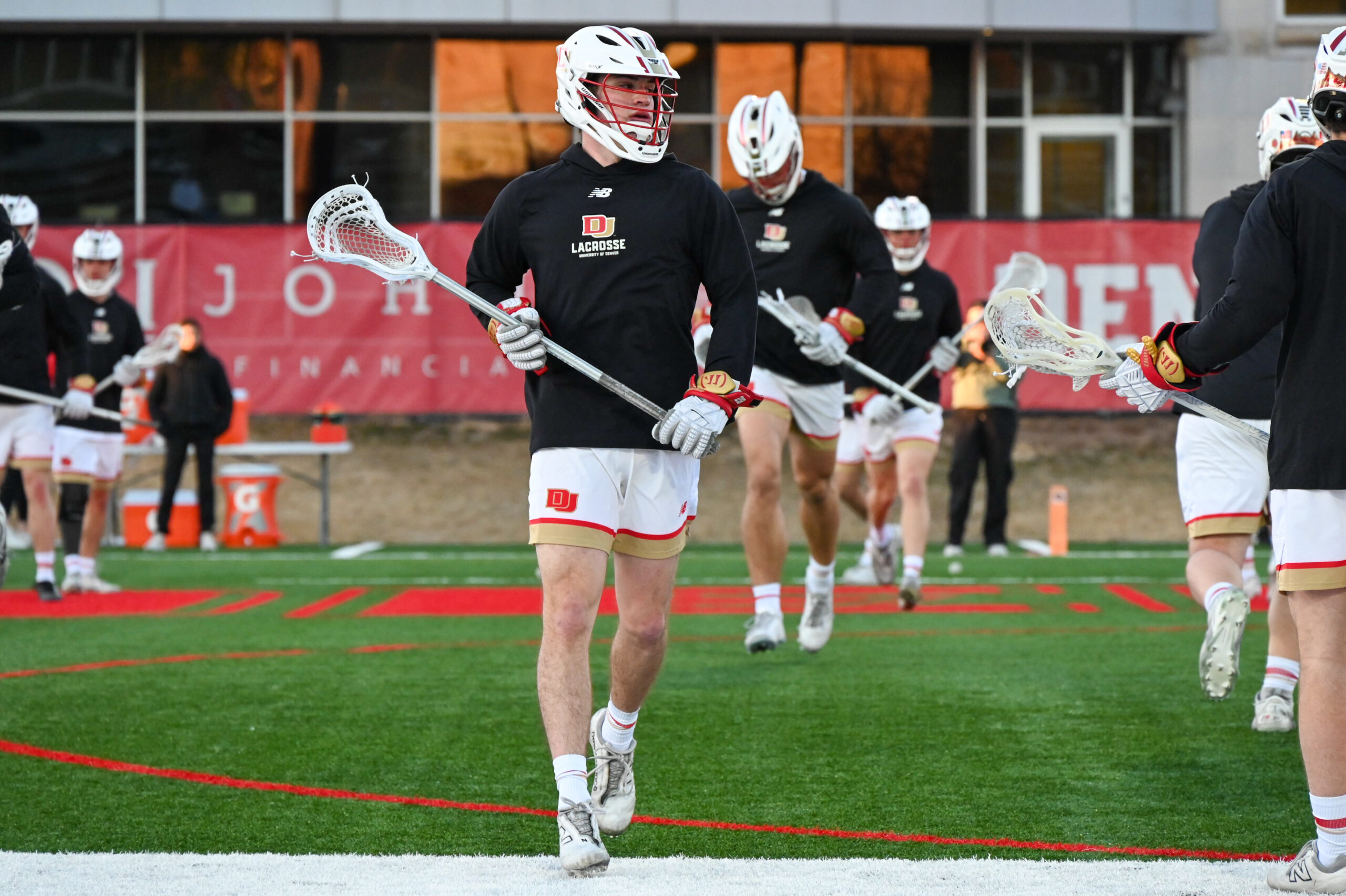Students and community members burned candles on Driscoll Lawn last night during a vigil to remember the hundreds of Palestinian villages that were destroyed in 1948.
“For us, this is not a political event. It’s to remember our heritage,” said graduate student Bassem Hassan. “We’re celebrating this heritage that some people, with tremendous effort, managed to preserve.”
The purpose of the vigil was to commemorate Al-Nakba, which translates into “catastrophe” or “disaster.” Hassen said that Al-Nakba symbolizes the “uprooting of Arabs from Pakistan.”
About 25 people attended the event. The event began in the Commons with a reading of the names of some of the villages that were destroyed and a Power Point presentation, and it finished with a candlelight vigil on the lawn in front of a makeshift refugee camp.
The Power Point presentation focused first on the beauty of Palestine to show the connection to the land. It then showed the destruction that resulted from the 1948 attacks.
This part of the presentation focused on the fact that the results of the attacks are still evident in the lives of the people today. A picture of a refugee in 1948 was followed by a very similar picture of a refugee in 2002.
Next, the power point presentation, despite a few technical difficulties, focused on artistic depictions of the tragedy, and then on women’s role in preserving the heritage.
The last part of the event was the candlelight vigil on the lawn. It was done in front of two tents and a sign that labeled it as a refugee camp.
Hassan said that refugee camps have a significant meaning in the Arab collective consciousness because they remind them of the 700,000 to 900,000 refugees.
Hassan concluded by expressing his “hopes that the diaspora of Palestinian refugees will end soon.
Campus Safety officers were again present at this Arab Student Association event. One officer said that this is the normal procedure, and they regularly attend events like this.



